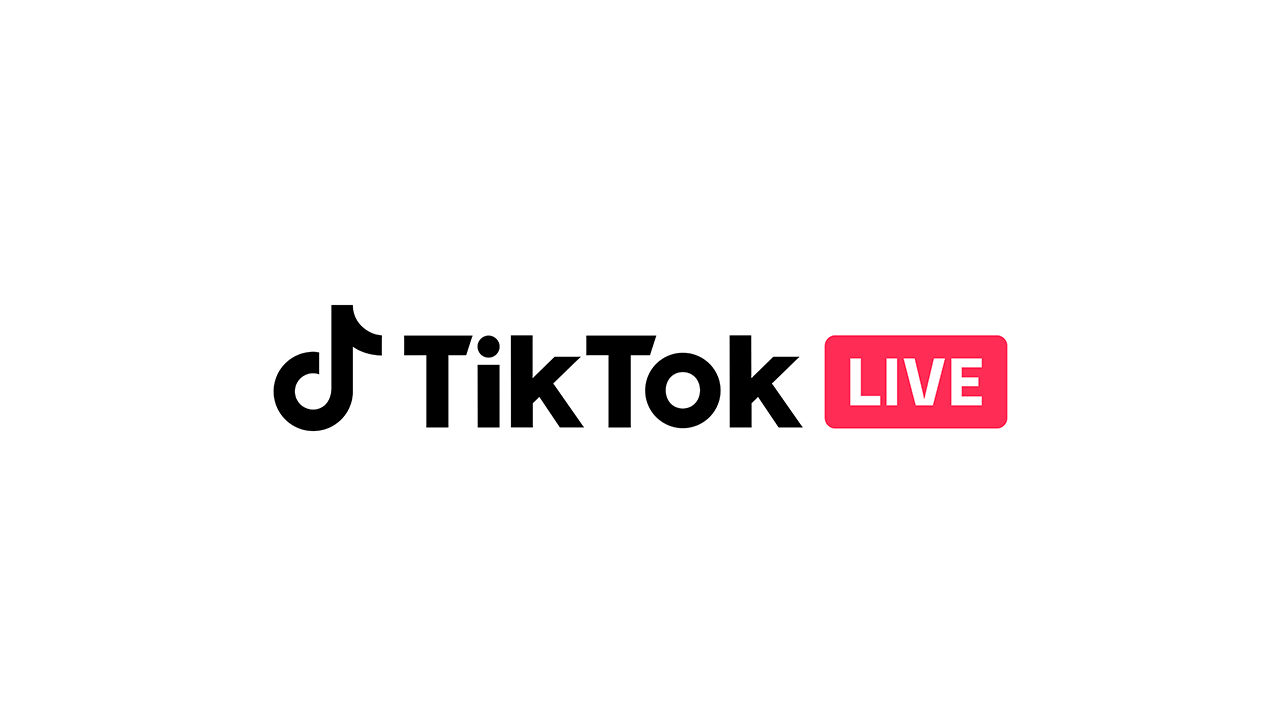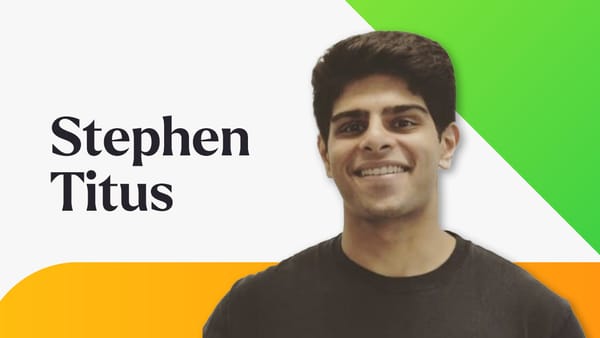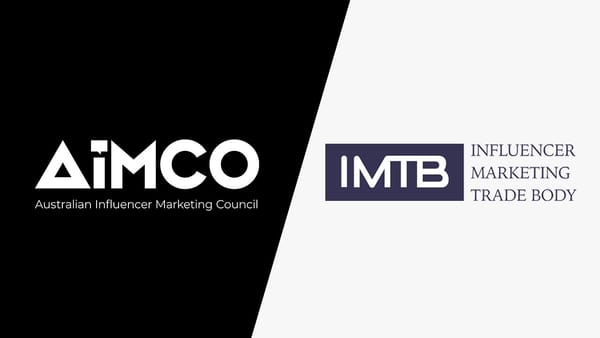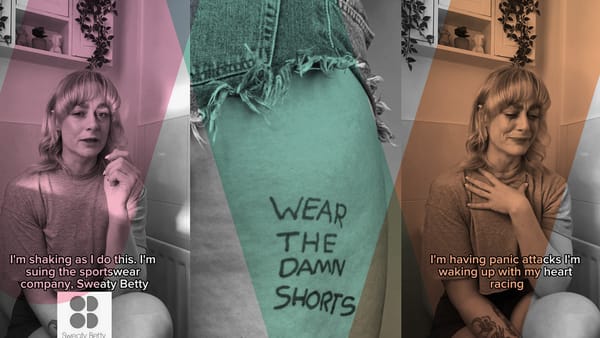At this year's CreatorIQ event, leading voices from TikTok shared insights on how creators, content and commerce continue to shape the platform. The discussion, led by Anastasia Evans, Creative Operations, alongside Madolyn Grove, Head of Creators, U.K., Ireland and Nordics, and Emily Eldridge Head of Top UK Creators, explored key industry shifts, from UGC to live shopping, offering the audience a blend of strategy and inspiration.
Evolving content trends
One of the major themes was the rise of user-generated content and employee-generated content. According to Evans, these trends are redefining how brands engage on the platform.
“UGC has really emerged as a mainstream piece of the creator economy,” she said. She highlighted a case study involving beauty brand Wonderskin, which used TikTok’s Creative Challenge product to mobilise hundreds of UGC creators. “They started with us probably a year and a half, two years ago... their scaling on TikTok really came through this powering of thousands of pieces of UGC in one go.”
She also pointed to brands like SheerLuxe and Currys using EGC to establish relatable and engaging content. “SheerLuxe has really built itself up,” she said, adding with a laugh, “I follow half of the SheerLuxe office individually now.” On the other hand, Currys, with its uniformed employees, has established itself as a savvy social brand through engaging, humorous content.
@currys The end 🤣🤣 #genz #genzlife #currys #tech #uk #fyp #viral
♬ original sound - Currys
TikTok and entertainment
Grove expanded on the role of entertainment, stating, “TikTok is driving entertainment consumption, and our creators are the ones who are really there delivering results.” She cited a standout campaign by Netflix for Black Mirror, where the brand created a fake tech company to promote an in-show gadget, The Nobbin.
“They gifted these Nobbins to creators and encouraged review content, unboxings... all kinds of content you wouldn’t normally see organically,” she said. “What the real power that Netflix harnessed wasn’t the paid campaign. It was the halo effect of everybody else in the community going, ‘This is so Black Mirror.’”
She applauded Netflix’s timing, creativity and cultural awareness. “I love when brands are just chronically online and get the values their users take from their brand,” she added.
Live shopping and creator commerce
Eldridge shared how TikTok Shop has seen explosive growth in live shopping. “We can’t talk about TikTok Shop without talking about live shopping,” she said, highlighting the popularity of the format in Asia and its steady-growing traction in the UK.
A key example was a 12-hour livestream with beauty creator Kari Ann Wright. “She sold over 6,700 products individually in this live stream... we did over £150,000 in sales,” Eldridge revealed. She also spotlighted Valerie Von, a Scottish mum and former hairdresser who goes live from her kitchen and strategically aligns with campaign moments, such as TikTok’s monthly platform events.
By the end of 2024, TikTok saw over 6,000 daily live shopping sessions, marking a 93% increase from earlier in the year. “This is one of the biggest changes in consumer behaviour we will see in 2025 and 2026,” said Evans.
One-funnel commerce
The panel also explored TikTok’s one-funnel commerce approach. “Rather than thinking about creators as a couple of makers, there’s a lot of nuance,” Evans explained. She then discussed ASOS’s campaign with influencer marketing agency Influencer. “They worked with the same creators across awareness and consideration to build that association... then remixed those assets into conversion content.”
Building trust and creative freedom
Trust in creators is essential for campaign success. “If you’re embarking on a creative campaign and you don’t have trust, there’s almost no point doing it,” said Grove. She stressed the importance of giving creators full creative control. “You have to trust that what they’re creating is relevant to their community, even if your CEO might not get the reference.”
She mentioned trends like BookTok to illustrate how understanding the ecosystem leads to conversions.
Superdrug and full-funnel execution
Eldridge shared a recent case with Superdrug promoting its vitamin C range. “They had live shopping nearly every day and brought in celebrities like Davina McCall and Olivia Attwood,” she said. “They also ran a competition with Beyoncé tickets... which was great for new creators just starting out. It’s a great case study for brands launching a product or tapping into a seasonal moment.”
The campaign included collabs with other creators and brands like Made by Mitchell. “I love when brands collaborate together as creators,” Grove added. “TikTok audiences love seeing that, in the same way they love when their favourite creators collaborate.”
Closing thoughts
The panellists finished by encouraging both brands and creators to be bold, test and stay authentic. “Some of the most successful creative brand partnerships come from places you wouldn’t expect,” said Eldridge.
Grove echoed that sentiment, “People love feeling like they’re in on the joke. When brands and creators lean into that, they create the most impactful campaigns.”
With UGC, live shopping, and cross-brand collaboration on the rise, TikTok’s evolving ecosystem continues to redefine how consumers find products. The CreatorIQ panel showed how to lead, not follow, in this space.








